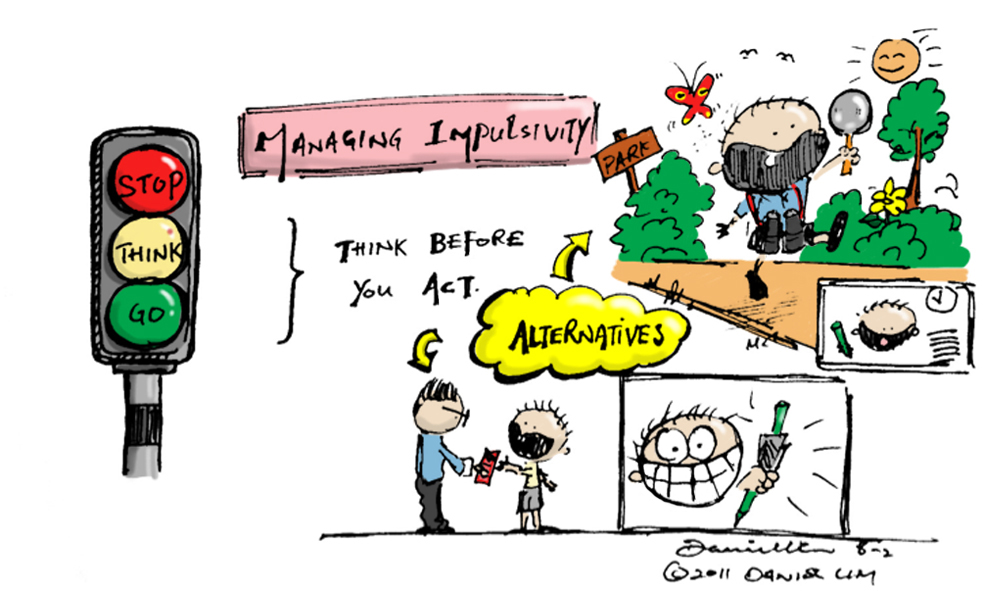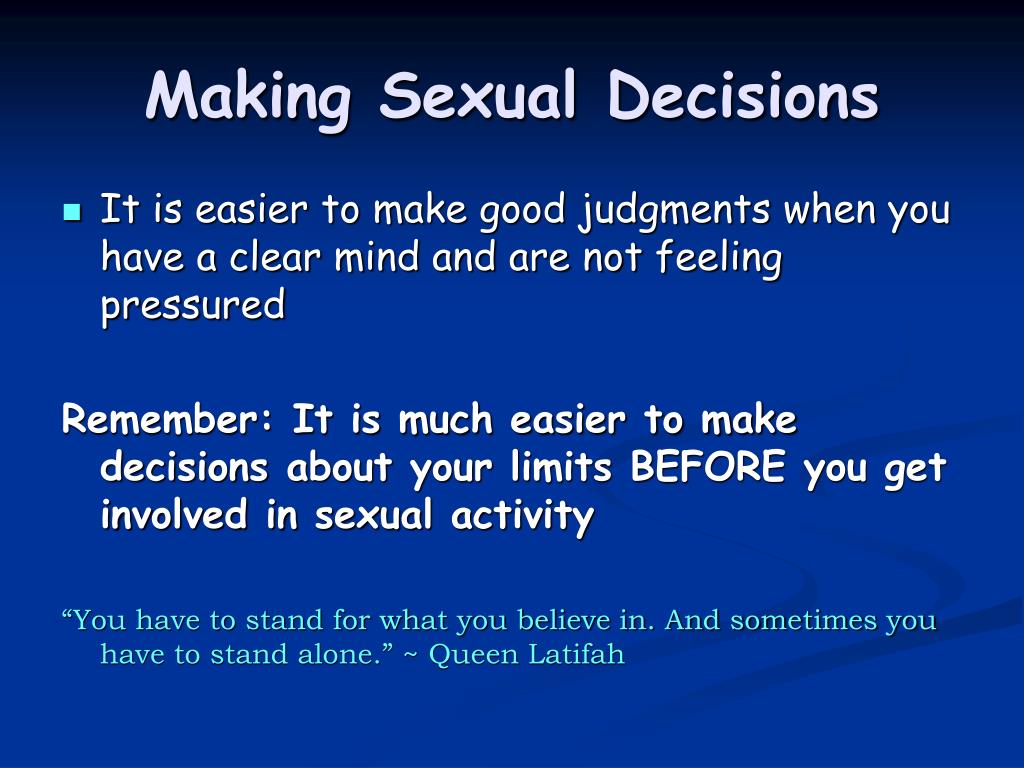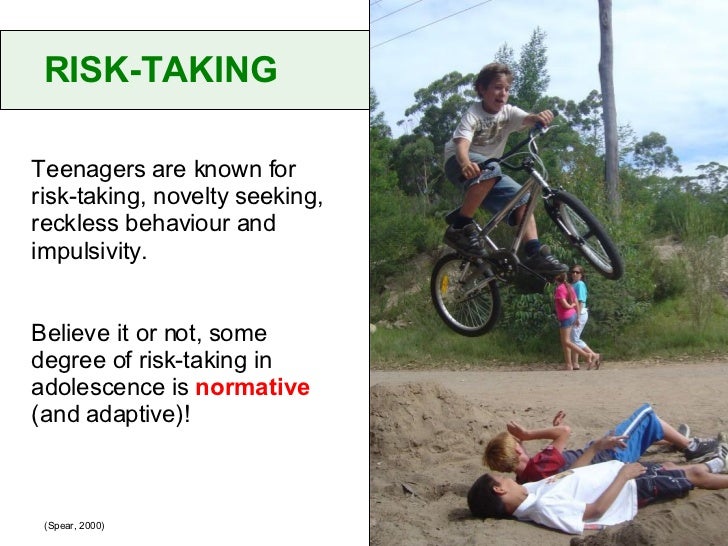
- #Adolesence make impulsive decisions because it driver#
- #Adolesence make impulsive decisions because it free#
Our attempt to solve this puzzle-most simply put, if teenagers are so smart, why do they do such stupid things?-has led us to look inside the adolescent brain for insight.Īll risk-taking involves weighing the potential rewards of a risky decision (e.g., impressing my friends with how fast I can drive) against the potential costs (e.g., being ticketed for speeding). Brain systems mature at different ratesįor the past 20 years, my colleagues and I have been trying to understand why teenagers, despite being as intellectually capable as adults, and as knowledgeable about the potential consequences of risky behavior, are more likely to make risky decisions.
#Adolesence make impulsive decisions because it driver#
Driver education helps teenagers pass written licensing exams, but has no discernable impact on rates of teen motor vehicle accidents. Similarly, virtually all adolescents are knowledgeable about the risks of unprotected sex, but a large proportion of sexually active teens do not use condoms regularly. Nearly all adolescents are well aware of the dangers of smoking, but many try cigarettes because they believe that they won’t become addicted. Health education is based on the premise that adolescents engage in risky behavior because they are insufficiently knowledgeable about the dangers inherent in different risky activities, and our schools have done a commendable job when it comes to educating adolescents about the potential harms of various worrisome behaviors.īut scientific evaluations of health education programs generally have shown that these efforts are far more effective in changing what teenagers know and believe than changing how they actually behave. This fact helps to explain why school-based health education has had such mixed results. Despite these capabilities, though, adolescents are more likely than adults to take chances-a finding that has been borne out in laboratory experiments as well as in the real world.


Indeed, by the time they are 16, adolescents’ cognitive skills, reasoning abilities, and understanding of risk are indistinguishable from those of adults. When it comes to thinking about risk, teenagers are surprisingly perceptive, informed, and rational. Teenagers are not especially irrational, ignorant, or likely to suffer from delusions of invincibility-or at least no more so than adults are. The familiar explanations have not held up to scientific scrutiny, however.

“The major contributors to health problems during adolescence are not disease or illness.”įor decades, psychologists have struggled to explain why adolescents behave more recklessly than adults. The major contributors to health problems during adolescence are not disease or illness-they are behavioral, and frequently the result of risky decision making.
#Adolesence make impulsive decisions because it free#
Although this stage of life is relatively free from disease and illness, rates of morbidity and mortality more than double between childhood and adolescence.

The heightened propensity of adolescents to engage in risky behavior has been a longstanding concern to parents, schools, and society, and for good reason. Adolescents are even more likely than children or adults to accidentally drown, which must be due to bad decision-making, since teenagers have considerable strength and stamina compared to people of other ages. And the list of risky behaviors that are more common during adolescence than before or after is remarkably diverse.Ĭompared to people of other ages, adolescents are more likely to commit crimes, experiment with alcohol and other drugs, deliberately hurt themselves, and have unprotected sex. Rates of risk taking are higher during the late teen years than during any other period of development. One of the hallmarks of adolescence-not only in the United States, but around the world-is that risky and reckless behavior is commonplace.


 0 kommentar(er)
0 kommentar(er)
